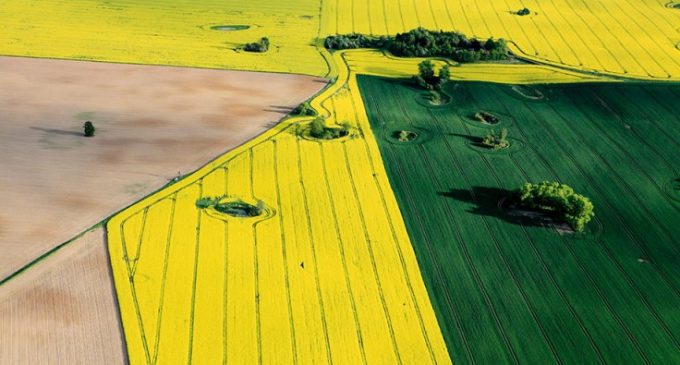SGS Explores the Use of DNA and NGS for Food Authenticity, Traceability and Safety

SGS, the inspection, verification, testing and certification company, has developed a range of techniques and technologies to ensure its clients know exactly what is in complex food samples, achieving a long-pursued aim. DNA-based methodologies have become a powerful tool for food analysis, the detection of potential adulteration, and as a deterrent to economically motivated adulteration.
Traditionally, most methods usually target either one or a small number of ingredients and were based on polymerase chain reaction (PCR) amplification. This kind of targeting requires foreknowledge about which organism to search for and can be restricted by the narrow range of commercially available test kits. Usefully, the results obtained by direct PCR detection only produce presence/absence results for the targeted species, but crucially, no additional information is obtained, such as whether any other species is present in the sample.
NGS, the Next Generation of DNA Testing
DNA-based approaches have recently been greatly improved by the application of new Next Generation Sequencing (NGS) techniques.
At the end of an NGS analysis, millions of individual sequences are obtained making it possible to identify species in complex foods containing multiple ingredients. This is because each ingredient will produce a single and unique DNA sequence. Following comparison with databases (containing several thousands of species) NGS generates a complete list of all the species present in a sample, including each species’ scientific name.
Recognized as the most reliable method for species detection and identification this technique allows untargeted detection of thousands of organisms with no requirement for previous knowledge of the supply chain, or the species to search for. Today, instead asking which species to test for, the question is simply, which animal species are in this sample?
 Similarly, clients can ask whether there any other plants in dried oregano, or can they defend a claim that is made on a food label?
Similarly, clients can ask whether there any other plants in dried oregano, or can they defend a claim that is made on a food label?
It is easy to see why NGS is becoming increasingly useful and powerful. It offers a way to check the robustness of controls for a large number of steps in a process, or to reduce the risk of undiscovered fraud when the number and variability of suppliers impacts the supply chain.
Presently, NGS is the only test method that ensures the correct identification of species in complex foods, due to the untargeted nature of the method. Such is its capability that even exotic species can be identified. As a reult, this method is increasingly popular and is being applied routinely in food authenticity analysis. SGS leads a working group that is involved in the aim of publishing an officially accepted test method.
DNA Fragmentation
NGS techniques can also overcome the issue of DNA fragmentation caused during the manufacture of highly processed food products. Fragmented DNA caused by many manufacturing processes, like the high temperatures and/or pressures used for sterilization, damage DNA and produce very short DNA fragments. An NGS approach, optimized to work with those short fragments, avoids false negative results. Although the DNA sequences must still be informative enough to discriminate among closely related species. The DNA sequence analysis takes advantage of the uniqueness of DNA sequences for each organism. Each different species has its own DNA sequence that can be used as a unique identifier, and is commonly designated as a ‘DNA barcode’.
SGS has developed a unique workflow to guarantee the detection of thousands of species together with specific in-house software for NGS data analysis. It combines a broad range of short DNA fragments with PCR amplification. This workflow means that food products can be analyzed for almost all types of organisms including meat, fish, seafood, plants and microbes. Indeed, as long as it still contains DNA, virtually any kind of food product can be analyzed.
SGS Food Services
Quality, safety and efficiency are key drivers in the food value chain. From training and inspection, audit and certification, testing and advisory services to retail store checks and mystery shopping SGS’s global team of industry experts help clients guarantee that their operations meet the highest global standards.
Tailor made solutions devised in close cooperation with client organizations can include not only all industry sectors but also the increasing focus, from clients and consumers, on the social, economic and environmental impact of activities.
For the complete range of SGS services and support visit SGS Food and Safety.


































